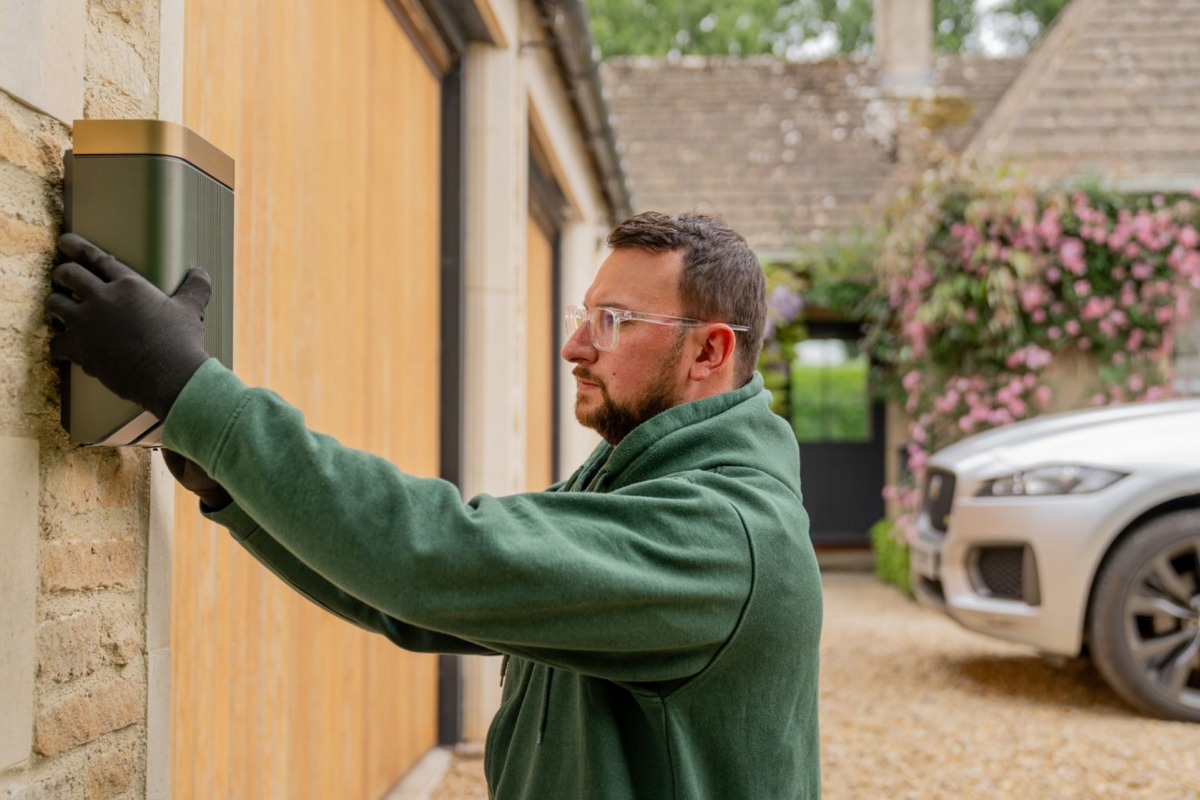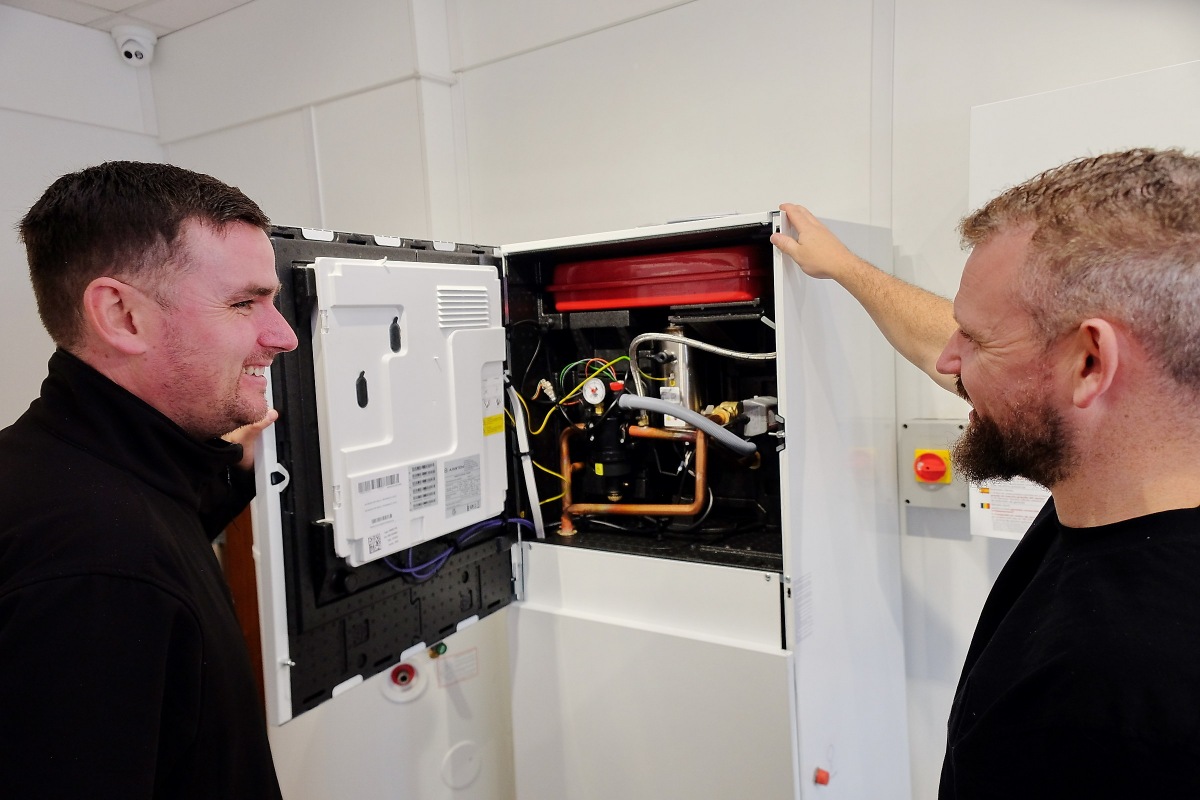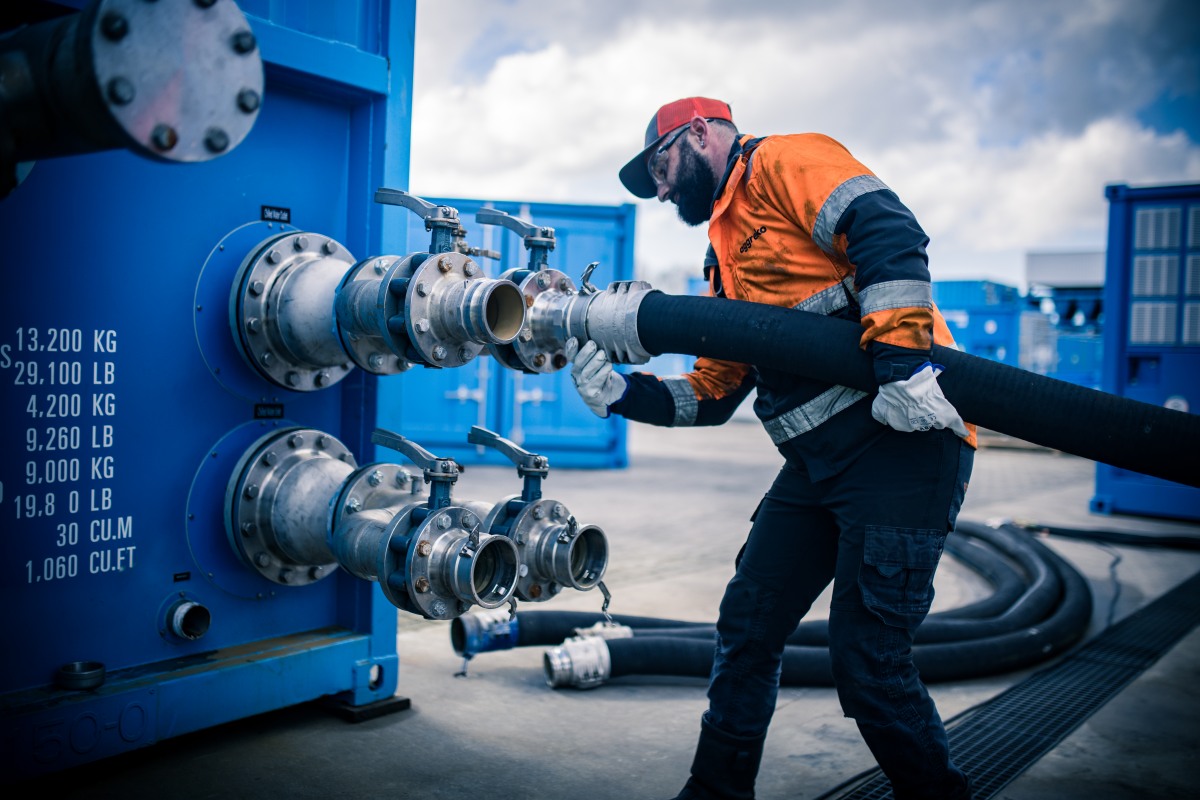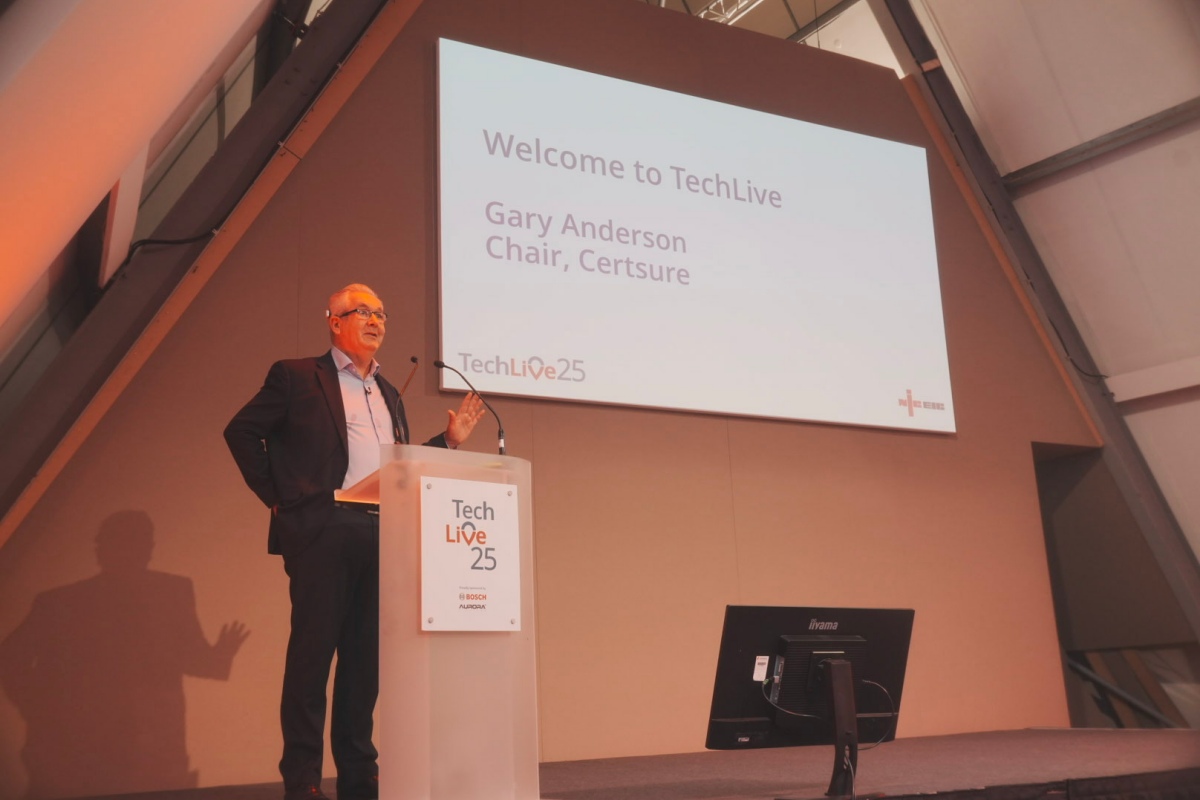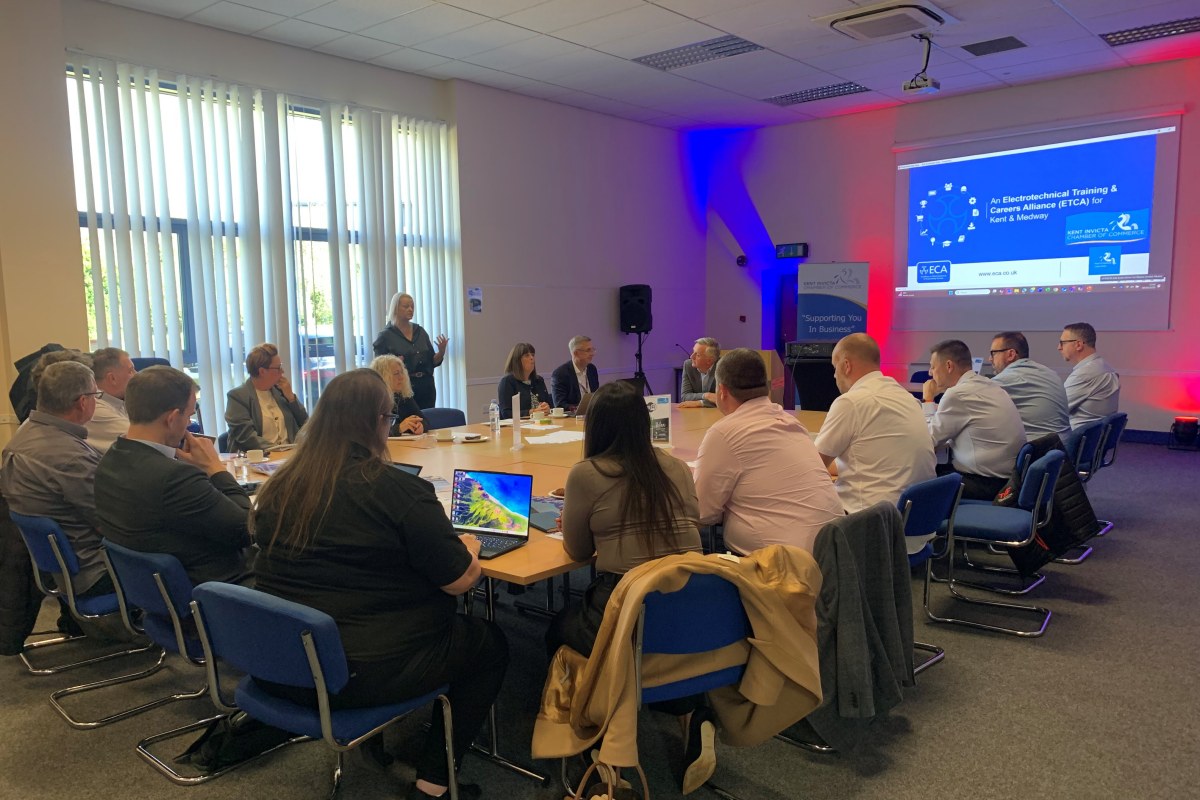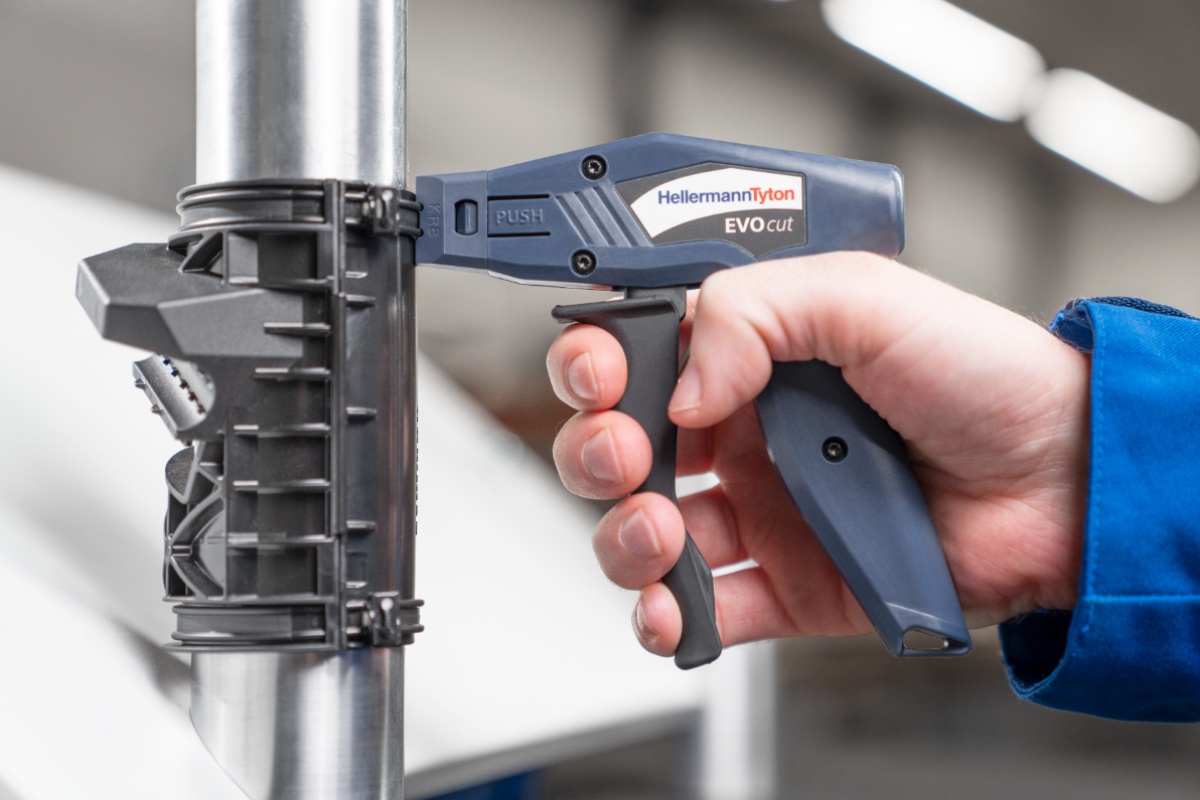Industry News
News
Trade Event
NICEIC brings together businesses at TechLive
NICEIC, a certification body for the UK’s electrical contracting industry, successfully hosted its flagship in-person CPD event, NICEIC TechLive, on 22 October at Millbrook Proving Ground in Bedford.
The sold-out event brought together over 250 NICEIC-certified businesses for a full day of technical learning, regulatory updates, wellbeing discussions, and business support.
Designed to provide tailored, accredited training opportunities, NICEIC TechLive featured 12 expert-led sessions, offering attendees practical insight into the latest developments affecting today’s electricians’ work and helping them maintain professional excellence.
A breakdown of the event
The day kickstarted with a plenary session hosted by Paul Collins, NICEIC Technical Director, covering the upcoming Amendment 4 of BS 7671, as well as recent updates to BS 5839 (fire systems) and BS 5266 (emergency lighting systems).
Attendees also benefited from focused sessions on equipotential bonding for compliance, building regulations, and a live version of NICEIC’s popular EICR Coding Clinic, co-hosted with Electrical Safety First.
NICEIC Technical Director Paul Collins comments, “NICEIC TechLive was designed with our contractors in mind - to give them the tools, knowledge, and confidence to thrive in a rapidly evolving industry.
"The feedback has been fantastic, and it’s clear the tailored format really resonated with attendees.”
The event also highlighted the importance of wellbeing in the electrical industry.
An interactive session on mental health and wellbeing was led by Danny Mouskovias, NICEIC’s Learning and Wellbeing Manager, alongside Grace Ellis, Director of Welfare at the Electrical Industries Charity (EIC).
During the event, NICEIC also announced the launch of 'The Tools to Talk', a new mental health and wellbeing toolkit developed in partnership with the EIC.
The initiative aims to support NICEIC-certified businesses and their teams by giving them access to digital resources, including a quarterly e-newsletter, interactive episodes of The Wire webinar series, and downloadable materials to encourage open conversations around mental health.
NICEIC Learning and Wellbeing Manager Danny Mouskovias adds, “Looking after our mental health is becoming an increasingly important part of professional life, especially in high-pressure industries like ours.
"Through The Tools to Talk, we’re helping contractors feel more confident in recognising when issues might arise and empowering them to start meaningful conversations within their teams.”
A focus on high-quality learning
CPD is an essential requirement of certification with NICEIC and the company says it is committed to supporting certified businesses with access to CPD.
TechLive enabled attendees to accrue five hours of high-quality, accredited learning.
Sponsors and exhibitors from across the sector were also present to share their expertise on the latest products, services, and innovations.
Kirstie Elbourn, MM Electrical and Design, notes, “To [deliver the highest possible standards], we are continually brushing up our knowledge and staying informed on any changes that impact our work.
"TechLive gave us the chance to attend a number of interesting technical sessions where we learnt a lot, and there were some great insights on how to engage with new customers which we're going to look at implementing.”
For those unable to attend, session recaps and key takeaways will be made available on demand via NICEIC’s website and digital channels.
For more from NICEIC, click here.
Joe Peck - 29 October 2025



